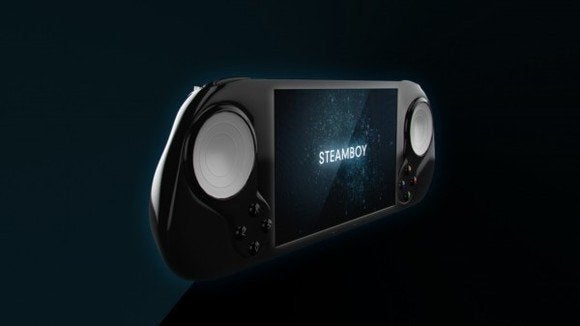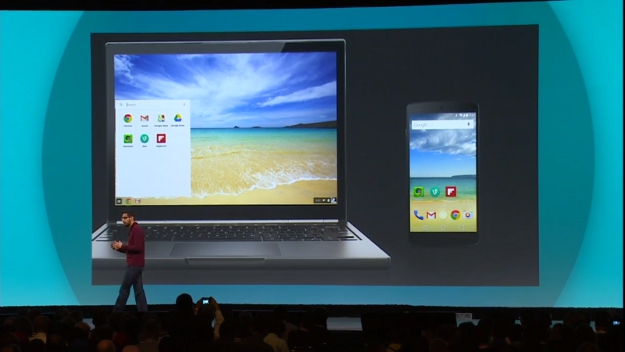Daniel Jackson
Still Fresh
I'm following the development of the Pyra with great interest.
One thing got me thinking lately and that's the operating system. It will be some form of Linux of course. A system I have absolutely no experience with. Will there be a steep learning curve or is it easy to learn?
My inital plans with the Pyra will be pretty basic. Running retro emulators, streaming video files from my NAS, Netflix. I'm used to the easy approach of Windows when it comes to installing new applications. Just download an executable installer and run it.
How will that work on Pyra? Will there be an easy front-end system (I'm thinking an App Store like approach) or will pretty much everything involve manual steps? Which if necessarry I'm willing to learn of course.
One thing got me thinking lately and that's the operating system. It will be some form of Linux of course. A system I have absolutely no experience with. Will there be a steep learning curve or is it easy to learn?
My inital plans with the Pyra will be pretty basic. Running retro emulators, streaming video files from my NAS, Netflix. I'm used to the easy approach of Windows when it comes to installing new applications. Just download an executable installer and run it.
How will that work on Pyra? Will there be an easy front-end system (I'm thinking an App Store like approach) or will pretty much everything involve manual steps? Which if necessarry I'm willing to learn of course.



